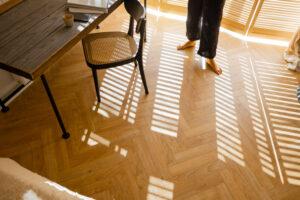
The Art Of Custom Hardwood Designs: Chevron And Herringbone Design Pattern
Chevron and herringbone design patterns are timeless design elements that have been used in different forms of architecture and interior design over the years. These
Home » Custom flooring Calgary

Chevron and herringbone design patterns are timeless design elements that have been used in different forms of architecture and interior design over the years. These
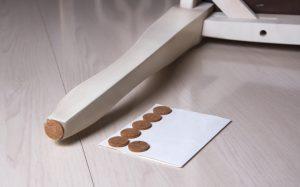
It is that time of year again! ‘Tis the time to think about holiday decorating and hosting family and friends during the holidays. Prepare your
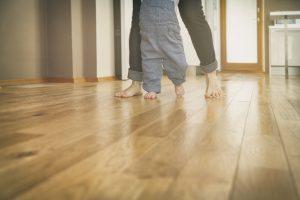
You probably wonder whether the food that you eat daily is safe or not, but do you ever wonder how safe the flooring surface in
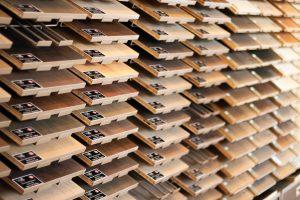
With the current rise in the environmental movement and focus on sustainability, it is becoming increasingly dominant for homeowners and businesses to be conscious of
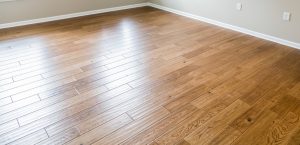
One flooring material that is dominating the market these days is hardwood flooring and there are many homeowners and buyers that are opting for this
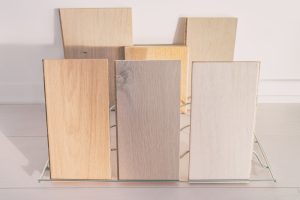
Your home can see a lot of traffic which means your floors take the brunt of all the action! If you are looking for hard
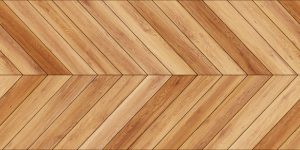
If you’re looking to remodel your floors, it is worth paying attention to current trends because herringbone and chevron patterns are making a comeback this
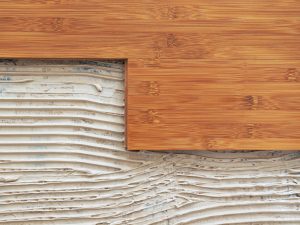
People choose to install environmentally-friendly flooring in their homes when they want to make healthy, smart, and sustainable choices for the planet. If you have
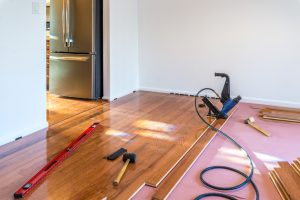
Flooring is a defining feature of a home. Hardwood flooring is inviting, beautiful and timeless. Laminate flooring (imitation hardwood) creates a look similar to wood.
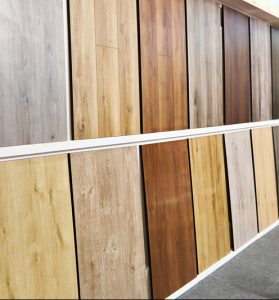
Hardwood flooring is a classic choice with timeless charm. Manufacturers of hardwood floors constantly improve and change their flooring to keep it interesting, trendy, up
All rights reserved. © Smith Bros. | Privacy Policy | Site Map